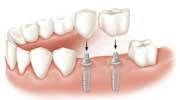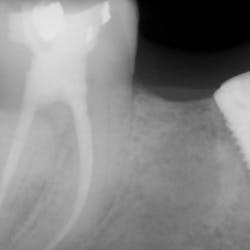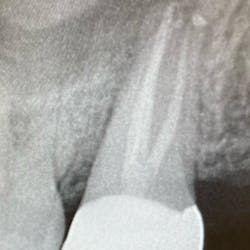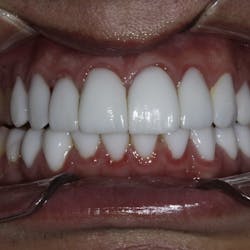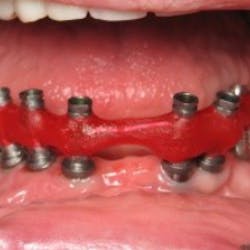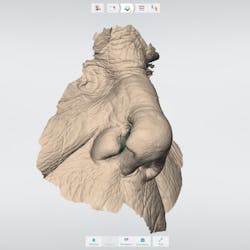The current dental implant microstructure, utilizing a rough surface, has led to this predictability. Now we can focus on customization of the implant macrostructure and implant-abutment interface (IAI) for improvements, as well as new diagnostic parameters for candidate selection and long-term evaluation. A current trend within the dental implant community is shorter implants. Some implants have been launched into the market with a shorter design, while others have modified their existing implant. In the most recent issue of JOMI, Lee et al. completed a review of previously published studies comparing shorter vs. longer implants. They did an excellent job in reviewing their study parameters. And their data, although limited, was positive for shorter implants when multiples were placed in the posterior and splinted together. It is apparent that while there is a clear need in the market, there is still a lot left to learn.
ADDITIONAL READING | A periodontist's protocols to avoid dental implant complications: Part 1
ADDITIONAL READING | A periodontist's protocols to avoid dental implant complications: Part 2 -- establishing an implant maintenance protocol
Platform switching is a well-known concept in dental therapy. The concept is now incorporated into several implant designs, with the intent to reduce crestal bone loss associated with the microgap with dental implant therapy. Caram et al. looked at several IAI options with one company’s implant, evaluating with or without the “microgap,” and changing the abutment design to be concave in order to reposition the microgap. While performance overall was good, the trend of bone loss associated with a microgap was confirmed. However, I was surprised to see the concave abutment design that repositioned the microgap further from the crestal bone did not perform the best. I do think they are asking the right questions and are headed in the right direction.
CBCT scans provide clinicians with a plethora of information to plan dental implant therapy, but are just as pivotal in dental implant research. In this issue, Koutouzis et al. evaluate the buccal and lingual plate following implant placement. For decades, we have evaluated interproximal bone at an implant site, which does not paint the full picture of the alveolus and allows the buccal plate to go undocumented. I have used this method in research studies, and have found the buccal plate to be the most variable. They utilized the Ankylos implant, and found a variability of remodeling at the crest in regard to where the implant was initially placed. Overall the implant appeared to retain the crestal bone following placement, but what I thought was the most interesting was the bone’s remodeling behavior relative to crestal placement, something to keep in mind when placing implants.
So, why do I read JOMI? I read it because a peer-reviewed journal such as JOMI is an excellent resource for learning about the new techniques and equipment that your peers are using. I use this information to continue improving my clinical skills and to determine what technology to implement in my practice. JOMI specifically helps me provide the highest quality of care to my patients in regard to dental implant therapy. One of the many benefits of being an AO member is that I automatically receive a JOMI (bimonthly) subscription for free.
